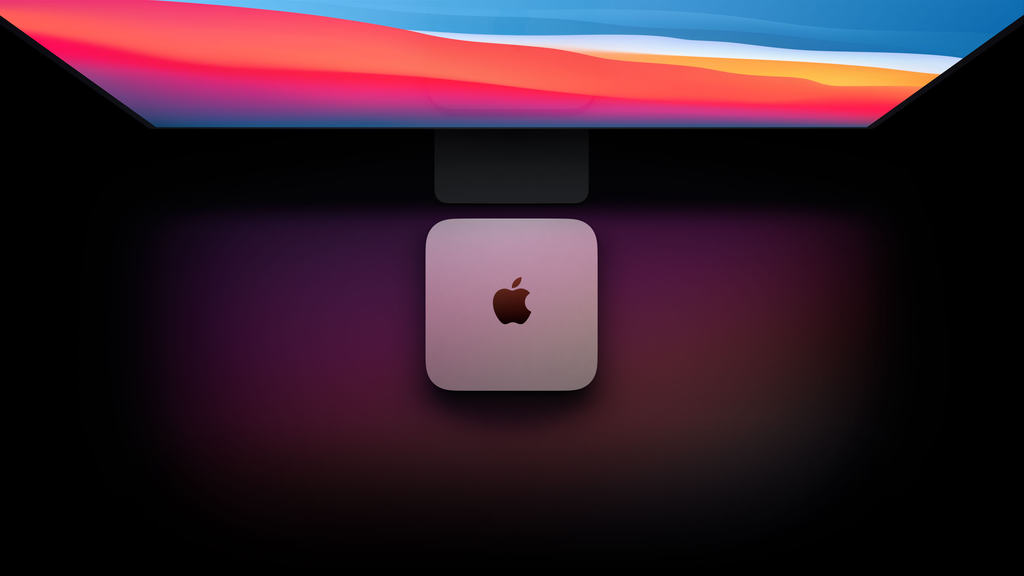When it comes to Apple computers, many people often consider it to be bulletproof when it comes to reliability, speed, capacity, etc. For many it’s the best laptop that you can buy in the market, but the reality is that not even Macs are immune from failure. There are times when a number of unpredictable issues can occur. However, before deciding to run to the nearest Apple store for service, there are a number of things that you can try doing to try and fix the problem at home. In some cases, it could be a software related issue or a hardware-related issue. For example, in some cases, you may have plugged in your Mac to an external device like an external HDMI monitor or TV using a usb c to usb hub and may think that your Mac is the problem but in reality the TV may be causing the issue.
As such, by attempting to solve the problem at home, you can save a significant amount of time and money. And in the long term can even help you prevent such issues from happening again. In this regard, for you to be able to pinpoint what the cause of the problem is you need to perform an Apple diagnostics scan on your Mac. This will allow you to figure out whether your hardware is the cause of the system disruption and if it is, what component is causing the problem.

How To Run The Apple Diagnostics Tool
It can often seem like conducting a hardware test is difficult but the reality is that it it is actually a very simple process. But before you get started, you need to make sure that you have unplugged any external devices you may have plugged in to your Mac directly. This includes any wireless devices as well, like anc wireless earbuds, speakers, etc.
Afterwards, the next thing you need to do is to ensure that your Mac is full connected to the internet and plugged in to a power source. The next step is to shutdown your Mac and restart it. Once you see the Apple logo, press and hold the D key until a language prompt pops up. Once you pick a language, the scan should start automatically and if there are any issues, it should give you a list of solutions as well.

Once the scan is complete, you can decide to either print out the instructions provided, which may prove useful if you end up needing to take it for repair later.
What do the diagnostic results often show?
Once you have conducted a diagnostics test, you will often be provided with a list of issues that the scan has discovered as well as a number of related reference codes. These codes will usually stand for different errors and will help you figure out what to do next. For instance, if you have overheating problems, the diagnostics scan will probably suggest that you replace the fan if it is faulty.
However, if it doesn’t suggest that there are any problems, then it may be that the overheating is being caused by poor laptop positioning. In this respect, you should try purchasing a laptop desk riser which should help provide better air ventilation in your Mac and reduce the risk of overheating too. They also provide ergonomic benefits as they will help you better position your laptop and prevent any excess back, eye or neck strain.
What to do if the diagnostics test tool isn’t working?
If the diagnostics tool doesn’t seem to be working properly, then there may be a few reasons why this is happening. In some cases, it could be that there are some external devices that are plugged in which could be affecting it. As we mentioned before, it is important that you ensure everything external has been disconnected. If you are plugged in to any external computers, networks or storage devices using a usb-c sd card reader, then make sure that you safely disconnect everything. Another reason that could be causing the problem is that part of the diagnostics tool may be damaged. In which case, your next best alternative is to conduct an internet based hardware test. You can do this by restarting your device and holding both Option+D keys.
What If The Test Says There Is Nothing Wrong?
If the diagnostics test states that there is nothing wrong with your Mac, then this means that the problem is likely software-based. In some cases, if your device is performing slowly, freezing or crashing, then it could be that you have a malware infection or have an overly-full storage space. In this respect, you can try downloading an Anti-virus protection program like McAfee, Intego or BitDefender to scan for any possible viruses. You can also check out the CleanMyMac X clean-up tool, which should scan and clean your Mac for any old cache files, that may be slowing down your Mac.









